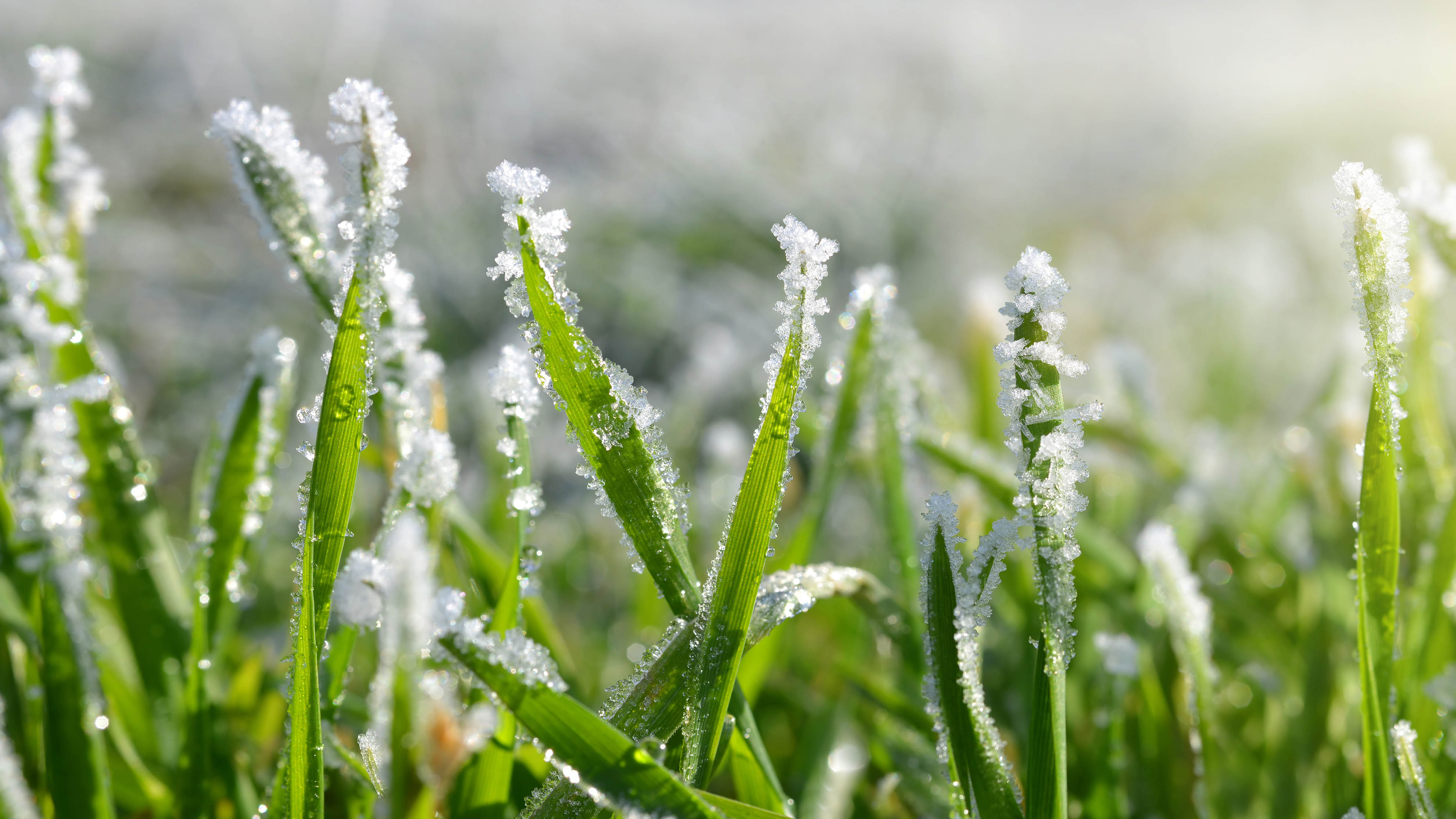When should you stop mowing your lawn for the winter?
Get your lawn winter-ready with these top tips

Now that summer is over, you’'re probably wondering when should you stop mowing your lawn for the winter. By stopping mowing at the right time, you'll allow your lawn to recover over the season and encourage healthy growth for springtime. This is especially important if you also want to know how to make your grass greener, or how to aerate a lawn the right way.
Generally, cutting your grass too short or too often can do more damage than good, especially once the lawn has entered its dormant stage. Grass enters dormancy in a bid to protect itself from colder or extreme weather temperatures. In addition, this decline in grass growth usually happens once temperatures in the day stay below 40-50˚F. Of course, this also varies based on where you are located, and may subsequently occur earlier or later in the season. That’s why knowing the signs of dormancy and when you should stop mowing your lawn is essential for keeping your lawn in good shape.
So, if you want to know how to winterize your lawn to keep it in top condition, find out when you should stop mowing your lawn for winter.
If you have a large backyard, you may need to know how to use a leaf blower. Protecting your lawn mower through colder months is essential, so here's how to store a lawn mower. Be sure to also check out 7 lawnmower mistakes you’re probably making right now, and avoid these 5 mistakes you could be making with your lawn this winter.
When should you stop mowing your lawn for winter?

According to experts, you should stop mowing your lawn once grass enters dormancy and temperatures drop below 50˚F. For most regions, this will usually be late October or during November. However, if your garden is usually wet (and not frosty), you could mow up until late November. And for those living in drier climates or regions, mowing later than November is fine.
Before winter, carefully mow the grass until it’s cut to the height of around 2.5-3 inches. If the blades of grass are too short, your lawn may be deprived of the nutrients it needs to thrive for the next growth period.
Once you’ve stopped mowing for winter, be sure to rake up all the clippings, leaves, organic matter or any debris from the grass. This allows the lawn to get the air and nutrients it needs to survive while dormant.
Get instant access to breaking news, the hottest reviews, great deals and helpful tips.
Typically, once you’ve experienced the first, lingering frost, your grass has become dormant, and won’t require further mowing until spring. This is also the best time to learn how to plant grass seed or even how to lay sod and upgrade your yard. These tips will help your lawn stay healthy, green and lush for the new year.
Can you mow your lawn after a frost?

If you must mow your lawn after a frost, avoid mowing when the temperatures get below 40˚F. Always wait for traces of frost to completely thaw and wait until the grass is dry. Mowing frozen grass will make the ice crystals penetrate the cell walls around them, eventually destroying the cells. This will often lead to unhealthy or brown grass in the future.
Tips for mowing the lawn before winter
- Always ensure the grass is dry before you cut
- Always make sure the blade is sharp when you mow the lawn to achieve a clean cut. If in doubt, find out how to sharpen lawn mower blades for best results
- Always pick up grass clippings and never leave long clippings on your lawn, as they will dry out and turn yellow. Throw into the compost or use for mulch instead
- Avoid stepping on frozen grass as this can damage the blades. But if the grass is strong it will not damaged by snow
Next: How to overseed your lawn before winter hits and here's how to rake leaves easily to keep your yard clean this Fall.

As the Homes Content Editor, Cynthia Lawrence covers all things homes, interior decorating, and garden-related. She has a wealth of editorial experience testing the latest, ‘must-have’ home appliances, writing buying guides and the handy ‘how to’ features.
Her work has been published in various titles including, T3, Top Ten Reviews, Ideal Home, Real Homes, Livingetc. and House Beautiful, amongst many.
With a rather unhealthy obsession for all things homes and interiors, she also has an interior design blog for style inspiration and savvy storage solutions (get rid of that clutter!). When she’s not testing cool products, she’ll be searching online for more decor ideas to spruce up her family home or looking for a great bargain!
